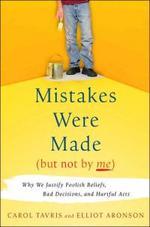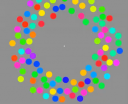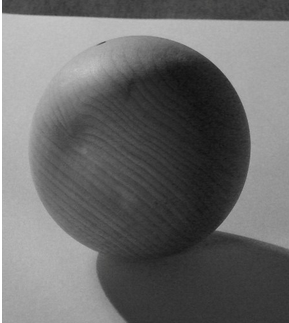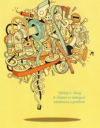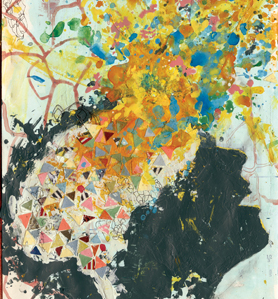Complicating Decisions to Meet Expectations
Saturday, July 9th, 2011 According to research from Columbia Business School, we tend to artificially complicate our decision-making processes to match our expectation of hard a choice should be. The harder we think a choice should be, the more complex we make the decision-making process. These artificial complications lead to poor decision outcomes and appear to infest a wide-range of life decisions about jobs, major purchases, choice of doctors and so on. For example, I may pass on the best choice if it comes too quickly or easily when I expect the choice to be hard.
According to research from Columbia Business School, we tend to artificially complicate our decision-making processes to match our expectation of hard a choice should be. The harder we think a choice should be, the more complex we make the decision-making process. These artificial complications lead to poor decision outcomes and appear to infest a wide-range of life decisions about jobs, major purchases, choice of doctors and so on. For example, I may pass on the best choice if it comes too quickly or easily when I expect the choice to be hard.
A release of EurekAlert sums of the key finding nicely:
“…. under certain conditions, consumers actually complicate their choices and bolster inferior options. Specifically, when an important decision seems too easy, consumers artificially reconstruct their preferences in a manner that increases choice conflict. The researchers conclude that when it comes to big decisions, people try to achieve a match between the expected effort of making a choice and the effort they think they should make in order to reach the decision. They term this the “effort compatibility principle”.?
Examples of preferences that shift to increase choice conflict included items such as size of the team you would work on when comparing job offers and if a doctor would make house calls or not when selecting doctors. These factors did not matter until a clearly superior choice was presented, making the decision “too easy” compared to the subject’s expectation. Rather than select the best choice based on criteria they subject did prefer, they made irrelevant factors important to complicate the choice.
Whether this is the effort compatibility principle in action, or just represents we don’t really know what we prefer until pushed, the findings are important for cognitive designers.
Not only do we need to find and manage cognitive biases that may be at work to oversimplify or distort a decision-making process, we must also be on the look out for and manage expectation effects that can over complicate or distort a decision-making process.
We may be blinded to the easy win when we think the decision should be hard.
Source for Image: Retropolis Transit Authority.
